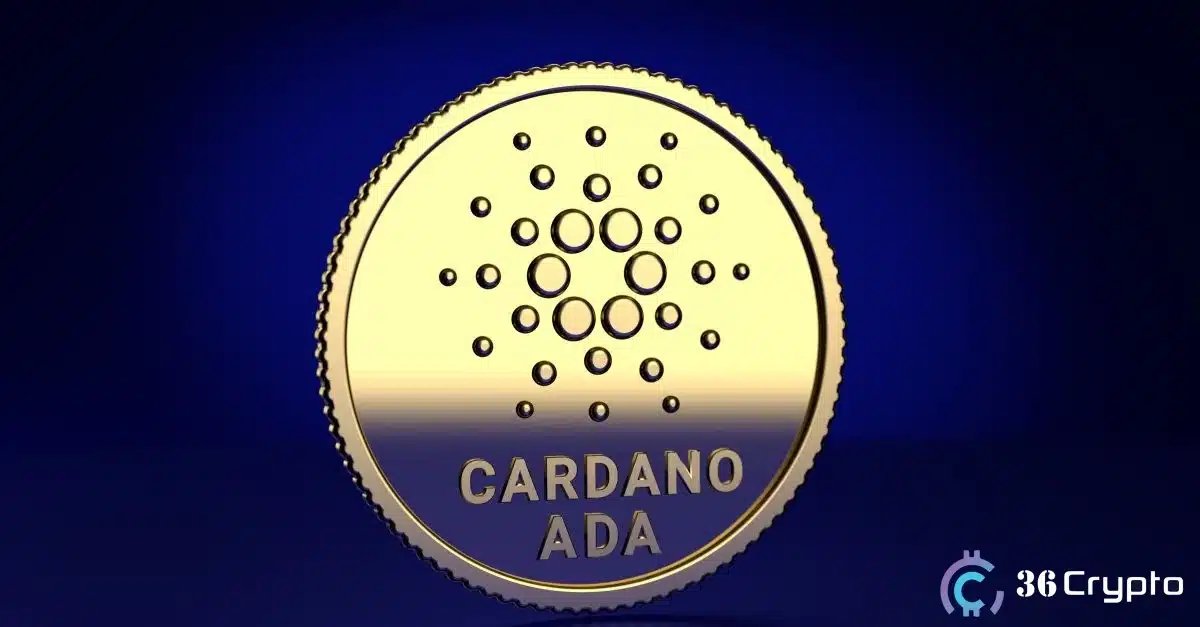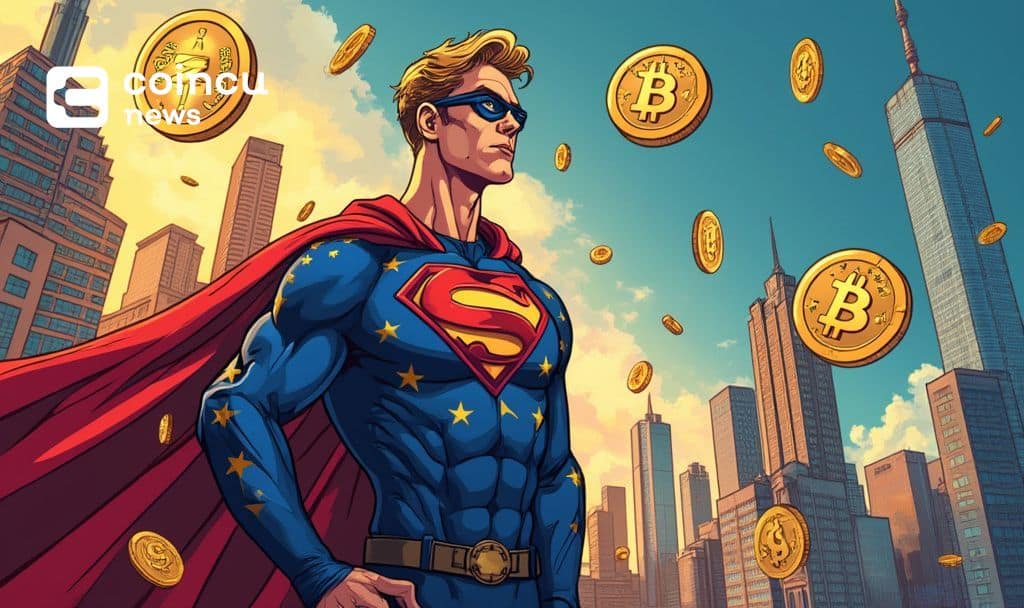ECB Pushes For 2029 CBDC Launch — The Digital Euro Era Nears
European Central Bank officials kept a clear target this week: launch the digital euro in 2029. That goal was described as realistic by senior ECB figures, even as the bank said it will carry on with preparation work beyond the formal end of its current phase in October 2025. According to Bloomberg and ECB statements, the timetable depends on new EU laws and technical readiness.
Preparation Phase Continues After October 2025
Based on reports, the ECB started the preparation phase in November 2023 and has been building rules and testing options since then. The formal stretch of that phase was due to finish in October 2025, but officials said work will not stop.
Tasks left on the list include finalizing the rulebook, deciding how privacy and anti-money-laundering checks will work, and lining up service providers and technical infrastructure. No final decision to issue will be taken until the legal framework is in place.
What The 2029 Target Means For Markets And Banks
Reports have disclosed that the bank aims for a mid-2029 launch if everything aligns — legislation, systems, and user tools. That leaves four years for lawmakers and market players to move.
Banks will be watching closely. So will fintech firms and payment platforms. Some regulators have said they want central bank money available electronically so citizens can keep using safe public money as cash use falls.
According to media coverage, political signals from outside the EU have helped speed talks. US President Donald Trump’s moves on crypto and stablecoin regulation were cited by some EU ministers as a reason to solidify Europe’s own plan.
The ECB says the digital euro is partly about keeping public money relevant as private payment options multiply. Any decision to issue and distribute a retail CBDC will still need approval from EU lawmakers before the bank can start broad rollouts.
Open questions around design and limits remain. Will retail accounts hold interest? How much can a person keep in digital euros? Can citizens use the currency offline? These are basic questions that lawmakers and the ECB must answer together.
Reports say the ECB is aiming to protect privacy while meeting AML rules, but those goals sometimes conflict and will need trade-offs.
A narrow window, but not a guarantee. The 2029 timeline is a signal to markets and developers. It is a target, not a promise. Based on reports, the bank’s path will be shaped by how quickly EU legislation moves and how well technical trials go over the next months and years.
Featured image from Getty Images, chart from TradingView
You May Also Like

Best Sit and Go Poker Sites – Where to Play SNG Poker Tournaments in 2025

Whales Dump 100M ADA as Cardano Struggles Below $0.70

